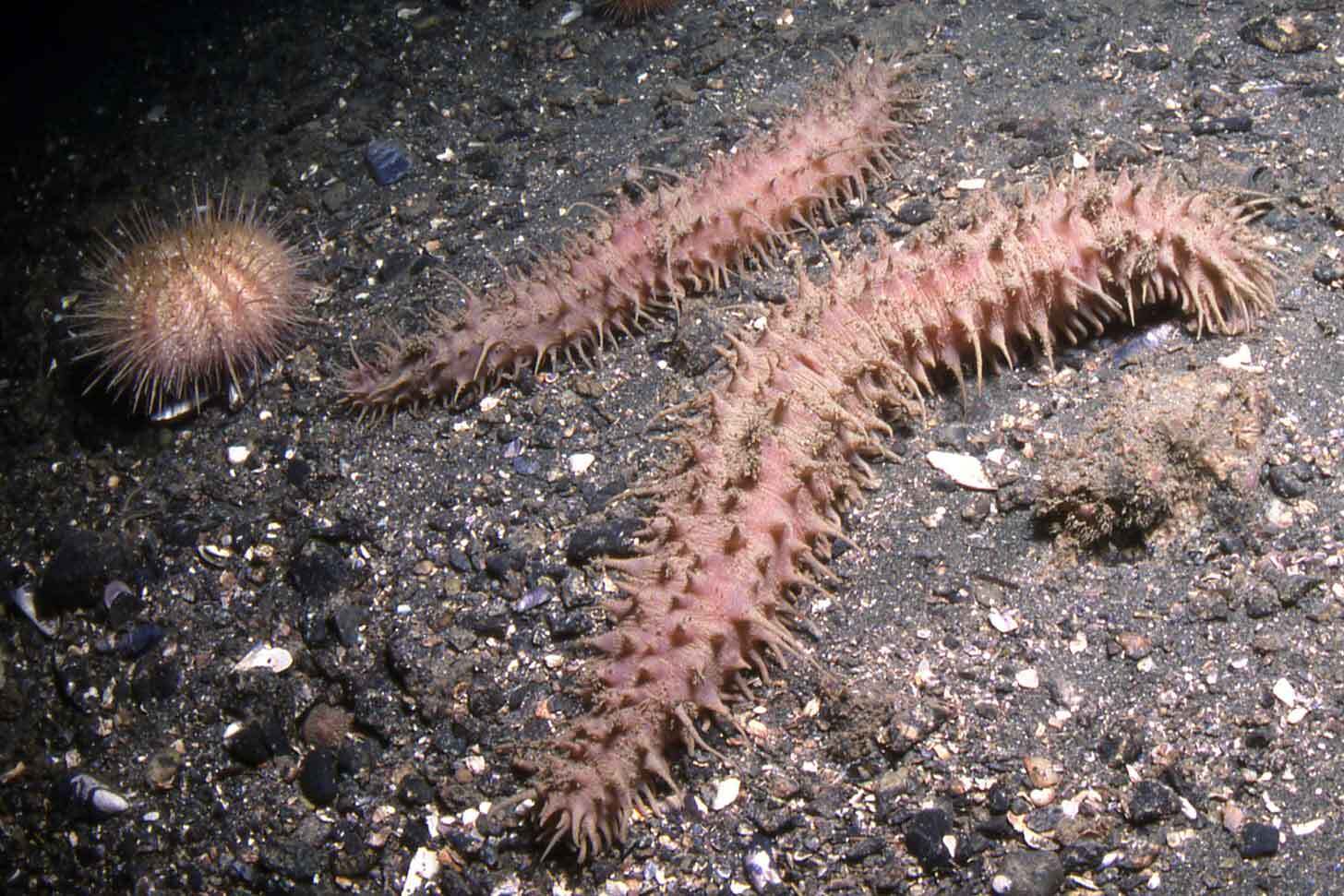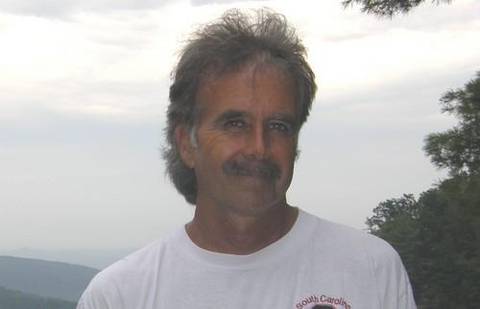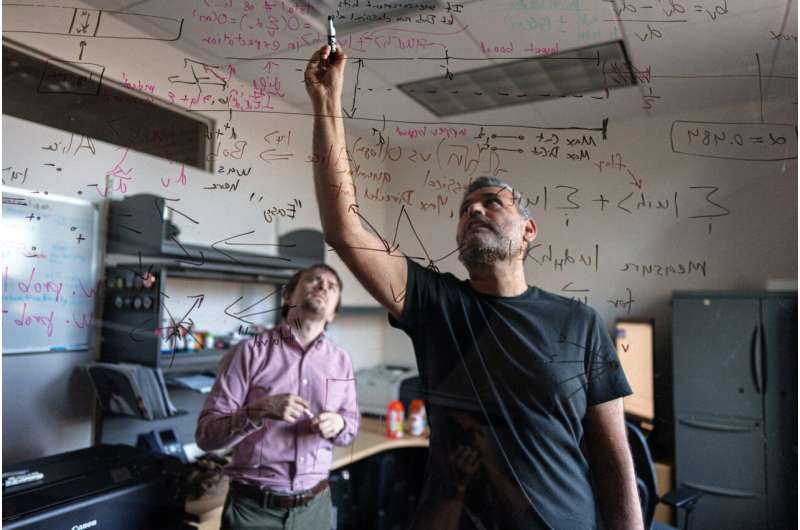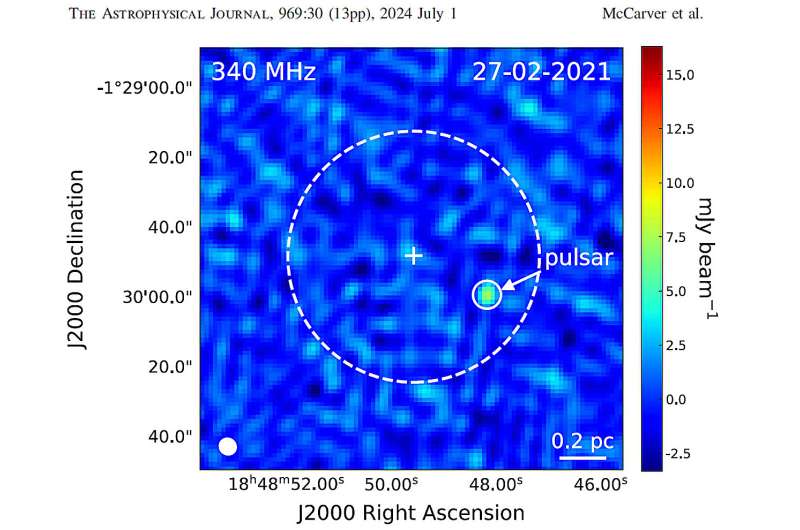After 10 years and millions of dollars spent, scientists, government officials and environmentalists agree that the latest deal to restore the Chesapeake Bay will miss its 2025 deadline. So what now?
The path forward became a little clearer Monday, as a key Chesapeake Bay Program committee released its suggestions for “Beyond 2025,” opening a 60-day public comment period.
Under the committee’s plan, the Bay Program, a partnership of states, including Maryland, in the bay watershed and federal agencies such as the Environmental Protection Agency, would draft that 10-year bay agreement, said Anna Killius, a chairwoman of Beyond 2025″ committee and executive director of the Chesapeake Bay Commission. Officials will change some goals and provide more time for others, rather than start over with an entirely new deal, she said.
“This is not the time to throw out this plan — to throw out this deal — and start over,” Killius said. “This agreement has achieved good things and we have made a lot of progress under it. But maybe it needs a refresh.”
If the Bay Program’s executive board signs off on the “Beyond 2025” plan in December, that editing process would begin, with initial edits expected by December 2025. But the plan allows some of the modifications to carry over into 2026, a provision that some advocates of the bay and the politicians resisted.
The “Beyond 2025” plan also calls on the executive council — which includes the governors of all six gulf states, the mayor of Washington, D.C. and the EPA administrator, among others — to “affirm its continued commitment” to the deal. of the breast at the next meeting in December.
Such a gesture would be meaningful because, by some measures, the Bay Program needs to break out of its inertia, said Keisha Sedlacek of the Chesapeake Bay Foundation. A symptom? At the last executive council meeting, most governors and the EPA administrator sent deputies instead of attending in person.
“You just don’t have the same kind of momentum that drives everybody to change,” said Sedlacek, the nonprofit’s federal director.
Bay program leaders and environmentalists point to a number of successes of the 2014 agreement. Eighteen of its 31 targets have been completed or are on track to be completed by 2025.
Years ahead of schedule, the Gulf states reached a goal of reopening 1,000 miles of streams to migratory fish by removing blockages like dams. States have opened 248 new public access sites in the bay watershed, nearly reaching a goal of 300. States have kept blue crab fisheries above minimum limits and added more than 1,500 acres of oyster habitat.
But the states won’t achieve what many consider their central goal — limiting the flow of harmful nutrients and sediment runoff into the Chesapeake in accordance with the legally enforceable “pollution diet” set by the EPA.
The nutrients nitrogen and phosphorus are major contributors to the low-oxygen “dead zone” conditions in the bay that endanger fish, crabs and oysters, especially in the warmer months of the year.
Researchers have found that many of the Gulf states have accumulated early reductions in nutrient pollution by paying for wastewater treatment plant upgrades. But reducing nutrient runoff from other sites proved more challenging, including vast farmlands rich in manure and laden with animal waste, and urban and suburban areas littered with cement and asphalt.
As of 2023, the Gulf States had completed 57% of their pledged nitrogen reductions and 67% of their phosphorus pledges by 2025.
Maryland performed better than many of its neighbors, reducing sediment and phosphorus as promised, but lagging behind in nitrogen. It had completed 83% of its nitrogen pledge by 2023.
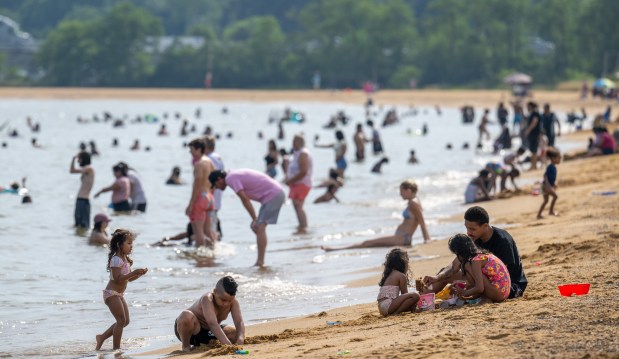
Pennsylvania has long drawn the ire of gulf advocates (and sometimes government officials) for dragging its feet in meeting gulf goals. As of 2023, Maryland’s northern neighbor had met 29% of its nitrogen reduction goal, 50% for phosphorus and 58% for sediment.
The EPA “remains committed” to the current targets in its pollution diet, known as the “total maximum daily load,” or TMDL, said Adam Ortiz, EPA administrator in charge of the Mid-Atlantic region. Any changes to these numbers would be separate from the “Beyond 2025” process, which involves a voluntary agreement among the Gulf states. Any changes will be handled by the EPA, in accordance with the federal Clean Water Act.
“We’re constantly reviewing and evaluating,” Ortiz said of TMDL. “And the Chesapeake Bay is always a point of focus and empathy among the staff in our water program in Philadelphia.”
In a June 24 letter to Bay Beyond 2025 program leaders, 25 members of Congress — a bipartisan group that included several representatives from Maryland — wrote that it is “imperative” that states “assess, change and re-engage” for the Bay . The agreement until the end of 2025 “to build on four decades of progress”.
But it may not be that simple, said Martha Shimkin, director of the Bay Program and co-chair of the Beyond 2025 committee.
To revise the Gulf agreement, originally signed in 2014, officials will have to come up with new goals to replace those achieved and reconfigure goals that were not met. They will have to take into account new knowledge about climate change and its impact on the bay. They will need to include a new focus on shallow water habitats, according to scientific guidelines. Doing so may require new data and modeling.
“It’s hard to say: Oh, by this certain date, is it all done. And it turns out: Oh, we didn’t have the data for one of them yet,” Shimkin said. “But we had to write something, and now it’s not possible.”
Ortiz said he is optimistic that the next phase of the breast clearance will be brighter.
“Everybody’s growing up,” he said. “West Virginia is one of the reddest states in the union. They are fully engaged. And Maryland, which is on the other end of the spectrum, is fully engaged. This is not trivial.”
But some who have watched the Beyond 2025 process over the past year remain concerned that it has not gone far enough. For example, there’s no difference in how Gulf states are held accountable when they fall short, said Evan Isaacson, a senior attorney at the Chesapeake Legal Alliance.
“I want to be able to show something that says: This is going to significantly change the trajectory of breast restoration,” Isaacson said. “And I’m at a loss to show it.”
In June, Jon Mueller, formerly the Chesapeake Bay Foundation’s vice president of litigation, published an article in The Environmental Law Reporter focusing on the failure of the TMDL. He argued that the EPA had the tools to force Gulf states to reduce pollution — but had largely failed to use them.
The EPA can expand the scope of environmental permits, add new conditions to awarding funds and take other steps under the Clean Water Act to bring Bay states into compliance, Mueller wrote.
“It’s political,” said Mueller, a visiting associate professor at the University of Maryland Carey School of Law. “The biggest problem now is agriculture and urban and suburban stormwater. Those two sectors have a lot of political weight.”
Under the Biden administration, the EPA has publicly taken a more aggressive stance in Pennsylvania — increasing the number of inspections at farms and livestock operations. At the same time, the agency is pushing for more resources for farmers to follow best practices such as planting tree buffers to protect streams from runoff. Ortiz often calls the agency’s approach “tough love.”
Ortiz said he thinks the agency has deployed all of its most effective tools to get states to comply. And going too far comes with a risk.
“Speaking of the EPA, we have to stay within our authority,” Ortiz said. “If we don’t, we can be challenged. And this is a Supreme Court that has not supported the agencies’ positions on a range of issues, from climate change to US waters.”
Larry Sanford — a professor at the University of Maryland Center for Environmental Science who was part of the Beyond 2025 committee — said the plan would ideally have relied more heavily on a key scientific report released last year, in which he contributed.
Called the Comprehensive System Response Assessment, or CESR report (often spelled “Caesar”), the study slammed the Bay cleanup effort for focusing too much on restoring the deeper Chesapeake channel, where oxygen conditions are more bad, limiting nutrients. Easier, incremental improvements like restoring shallow-water habitats should be a bigger focus moving forward, he said.
Maryland officials were the first to publicly embrace the report’s findings. Governor Wes Moore approved an executive order to refocus Maryland’s bay cleanup in accordance with the committee’s report.
For Sanford, it all clicked on a recent boat trip to the Susquehanna Flats, an underwater grassy habitat at the mouth of the Susquehanna River that has seen major growth since the devastation of Hurricane Agnes in 1972.
“You can see 10 feet, crystal clear — all kinds of living things, grasses all over the place, sunlight shining on the bottom,” Sanford said. “It’s just: Wow, this could be it.”
#plan #clean #Chesapeake #Bay #fails #officials #recommend
Image Source : www.baltimoresun.com
